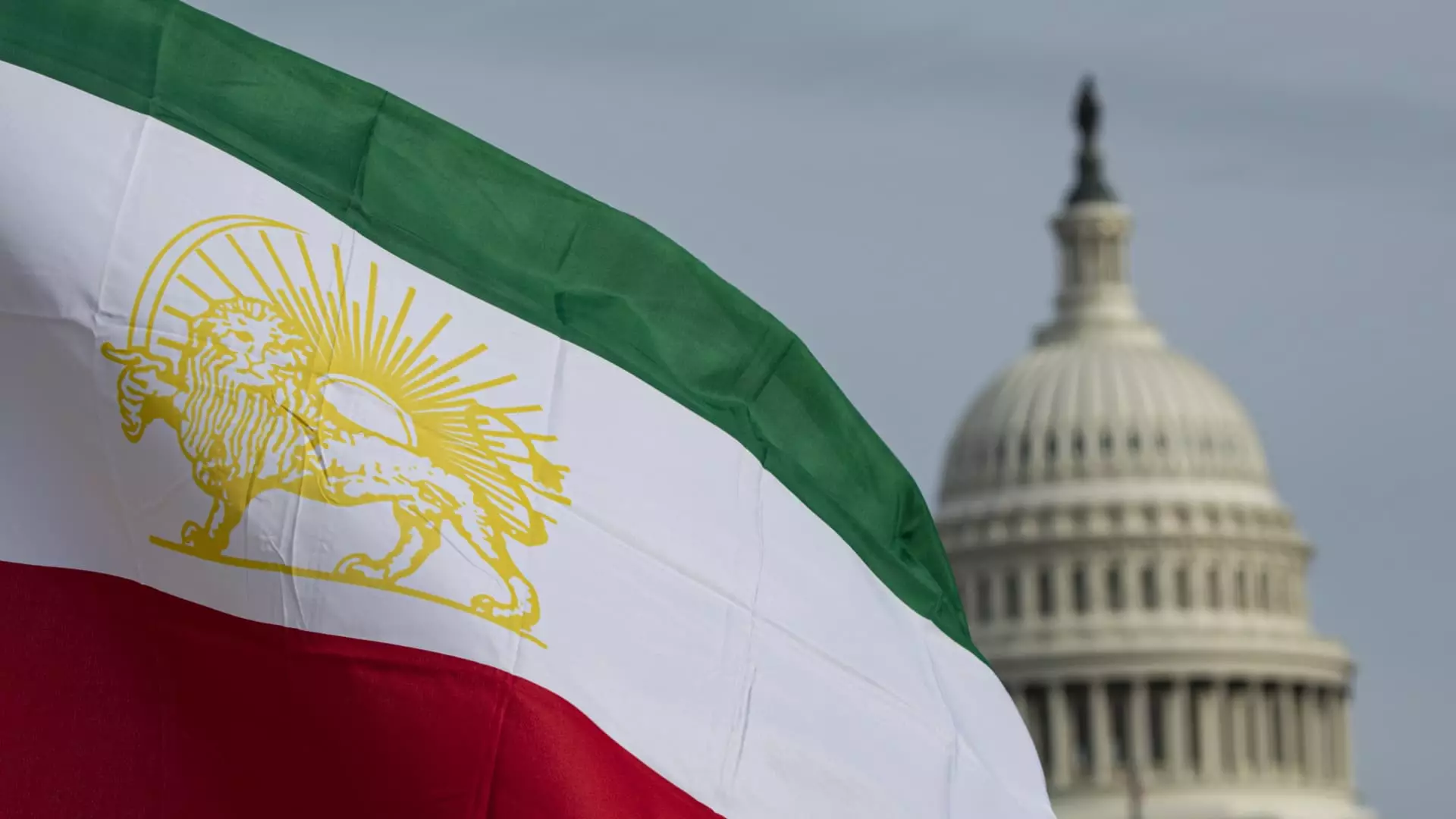Amid a backdrop of decades-long tension, the United States and Iran are embarking on yet another round of nuclear negotiations, a venture tinged with skepticism and hope. The solemn words of Iranian Foreign Minister Abbas Araqchi emphasize this duality perfectly: “extreme caution” pertains to the imminent discussions, overshadowed by historical animosities and deeply rooted ideological differences between the two nations. In stark contrast, U.S. President Donald Trump seems unyieldingly confident, bolstered by a belief that a deal is not only possible but imminent—a notion that feels deeply optimistic and perhaps even dangerously naive.
Discussions have progressed in Muscat, mediated by Oman, where both parties attempted to bridge the chasm that has long divided them. Each side approaches the talks with a complex mix of urgency and hesitance. Araqchi’s comments reflect the intricate balance of technical intricacies and the emotive weight of the geopolitical stakes involved. The claims from an unnamed U.S. official regarding the talks being “productive” may serve to buoy public expectation, but they mask the underlying realities that remain dramatically unresolved. While the glimmer of potential reconciliation exists, the path to a satisfactory conclusion may ultimately prove to be more convoluted than anyone on either side would like to admit.
Echoes of Past Conflicts
The shadow cast by former agreements, especially the 2015 Joint Comprehensive Plan of Action (JCPOA), looms large over current discussions. After its abrupt abandonment by Trump in 2018, the initial framework designed to curtail Iran’s nuclear aspirations deteriorated rapidly, reverting both nations to their pre-agreement hostilities. Trump’s “maximum pressure” campaign, symbolizing a dramatic departure from collaborative efforts, imposed crippling sanctions that pushed the Iranian economy to the brink. Thus, today’s negotiations are not only about uranium enrichment levels but also about the revival of trust—a commodity far scarcer than the coveted nuclear materials at the center of these discussions.
The U.S. administration’s demands are stark, with Secretary of State Marco Rubio insisting on a complete halt to uranium enrichment in exchange for a potential thaw in sanctions. Such a stance likely stems from an undercurrent of heightened anxiety surrounding Iran’s rapidly advancing nuclear capabilities. Yet, for Iran, surrendering its ability to enrich uranium represents not just a policy decision but a deeply ingrained principle tied to national sovereignty. This predicament makes the negotiations resemble a stalemate rather than a simple back-and-forth discussion.
Unraveling Complexities of Trust
At the heart of these talks lies the challenge of rebuilding trust—a Herculean task considering the fraught history and the myriad obstacles that persist. The Iranian leadership is openly skeptical about U.S. intentions, which are perceived as more rooted in aggressive posturing than sincere diplomacy. Araqchi has articulated the Iranian side’s key priority: assurance of a peaceful nuclear program in exchange for a lifting of sanctions. However, this reciprocal agreement is complicated by global expectations, particularly from European states advocating for comprehensive measures curbing Iran’s missile program—a point of contention Tehran adamantly refuses to budge on.
The ongoing dissonance highlights a paradox; while both nations express at least a modicum of commitment to diplomacy, the stakes remain inadequately aligned. Furthermore, the presence of multiple actors in the international arena complicates matters. Iran’s missile capabilities and defense initiatives are non-negotiable to them, which introduces another layer of complexity and potential for diplomatic derailment.
Explosions of Tension
The recent tragic explosion at Shahid Rajaee port, resulting in casualties and injuries, serves as a grim reminder of the volatile climate surrounding these negotiations. Such incidents not only strain efforts towards peaceful resolutions but also instigate skepticism among hard-liners on both sides, who may interpret a willingness to negotiate as a sign of weakness. Ongoing pressure to either adopt a hard stance or compromise is a common narrative within a complex geopolitical web—one that cannot be untangled without the greatest of care.
As these discussions continue, the future remains uncertain; the road ahead is fraught with obstacles requiring a delicate balance of power, caution, and, perhaps most critically, a willingness to compromise. As each side retreats to their respective capitals to deliberate further, the outcome of these talks will inevitably reshape diplomatic relations, not only between the U.S. and Iran but throughout the global political landscape. Yet, without genuine commitment from both sides to foster an environment of collaboration and trust, these negotiations risk becoming just another footnote in a long history of missed opportunities and unfulfilled promises.


Leave a Reply